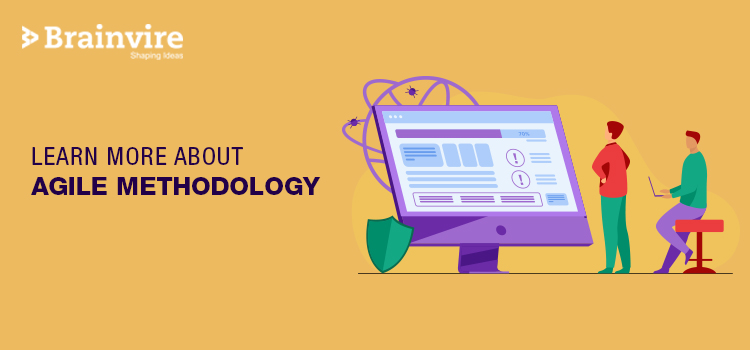
Technology-based firms seem to implement the agile methodology to develop their software. If not the entire methodology, then a version of it is adopted by the organization. Irrespective of whether you are well versed with software development or a freshman to agile application a part of your work is influenced by this methodology. Over the years, you might have followed the waterfall software development methodology, but the evolving business needs a modern software development.
However, before you actually practice this modern technology it is important to understand and know more about it. You must know the developmental cycle of this software, how this software is different from the rest. At times companies are unaware of the difference between varied different agile development models.
Businesses Before the Birth of Agile Methodology
Business owners who are running their firms for years are familiar with the waterfall methodology. The waterfall methodology was regarded as the gold standard for software development. This software development process demanded huge piles of documentation right from the coding stage.
The business analyst is responsible to write the business requirement document. This document comprises all the details required in the application. These documents are very long since it consists of detailed information including the comprehensive functional specifications, visual user interface designs, and overall strategy.
Technologists customized this business requirement document as per their technical requirement document. This document also consists of data structures, application’s architecture, user interfaces, object-oriented functional designs, and other non-functional requirements.
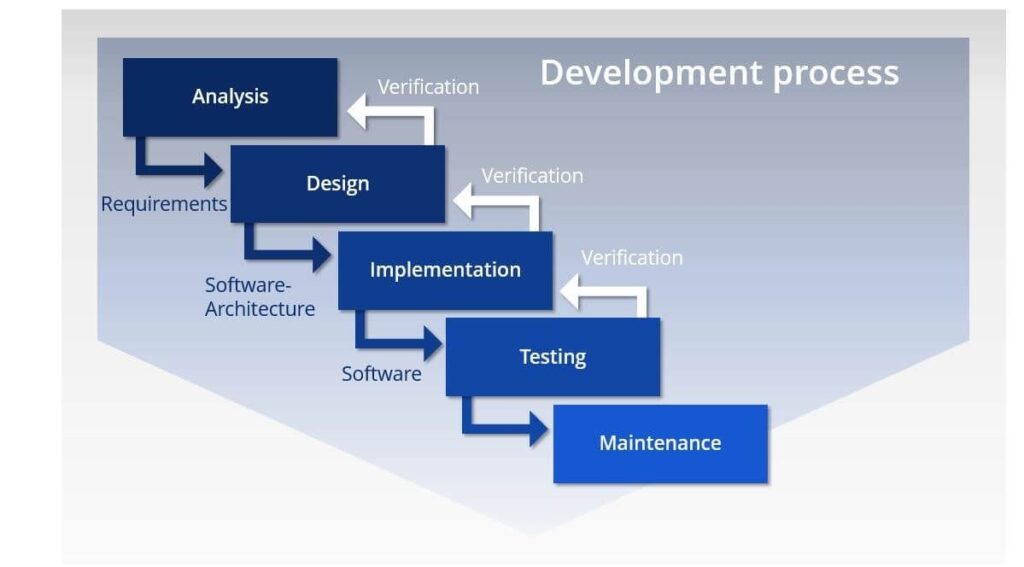
Source: Ionos
Waterfall software development process
- This waterfall software development process will begin coding, then integration, and run a final test before an application is ready for production. This entire process did not take months to streamline but a couple of years.
- Developers were expected to know the specifications on their tip of the tongue, just as the document’s author did. The developers who failed to do so were often chastised for missing out on any information.
- Years ago, the process of software development was not as easy as it is today. A developer required specialized training to use some of the development tools. The scope of APIs, commercial software components, web services, and open source was a faraway land. Developers had to build low-level stuff such as multithreading data processing and opening database connections.
Check Out: Demonstrate Excellence by Participating In Agile In Government Summit by NDIA
Flaws in the waterfall software development process
- There were bare minimum communication tools for a large team of basic applications. The technical specifications helped developers to streamline their activities and abide them as quotes from the Bible. If there were any alterations in the requirement, then the business leaders had to go through a lengthy review process and sign off. This was mainly because the communication pattern changed and it was very expensive to fix codes.
- The lower level artifacts were developed first and then the dependent artifacts because the software was developed based on technical architecture. Tasks were usually assigned based on skills. The database engineers first constructed tables and other databases and then the application developers coded the functionality and business logic. Once this was done, then the user interface was overlaid.
- It took months for an application to start working and the stakeholders were antsy and smart about what they exactly needed. No surprises for guessing that implementing changes were quite expensive.
- It is not possible that the users always functioned as expected. There are a few features that the users never use. On the contrary, occasionally, there are features that are widely used by users. The biggest downside of the waterfall world was that you learn about the loopholes only after completion of a lengthy development cycle.
About Agile
Launched in 2001, after 17 technologists drafted its Manifesto. They mentioned four essential principles for agile project management with an intention to develop better software. These are those four principles-
- Interactions and individuals over tools and processes
- Working software is important than comprehensive documentation
- Customer collaboration is significant over contract negotiation
- Respond to change rather than following a plan
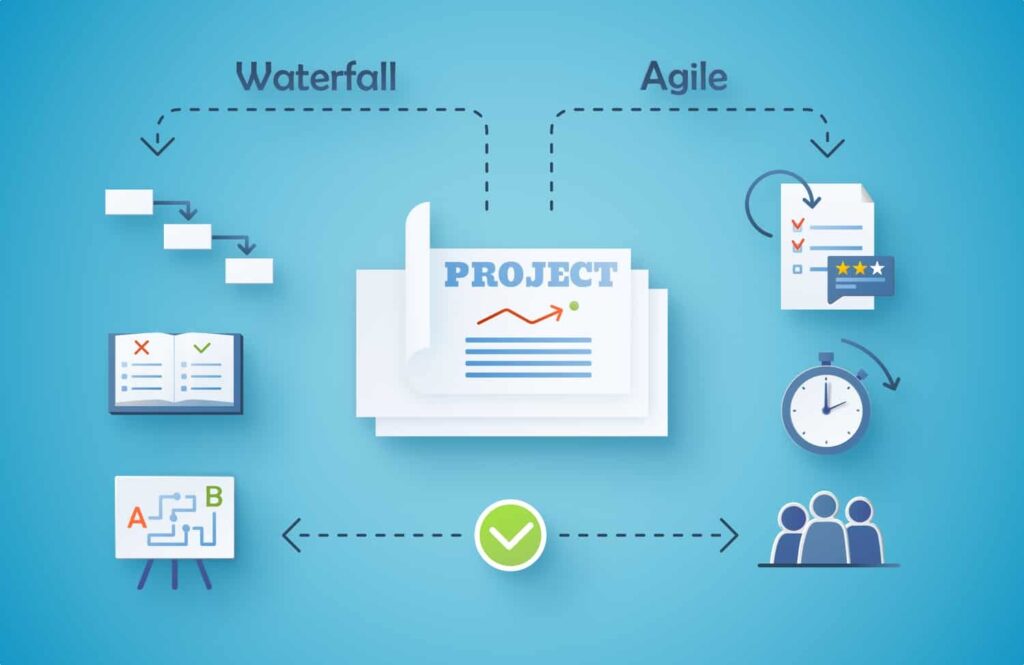 Source: Glance Creative
Source: Glance Creative
The focal point to agile software development
During the inception of waterfall methodology in the software world, computing systems and their applications were complex and immovable. Moreover, they needed a disciplined and clear outcome to deliver. Requirements were quite different from what they are today. Hence, the large scale efforts were less of a problem.
Systems were built with a theory of perpetual battleships and that they wouldn’t change. Software development and multiple other enterprises followed multiyear timeframes for several business operations. In this digital world, the waterfall’s rigidity turned out to be a pain point as businesses constantly strived for flexibility and speed.
Ever since developers started working on internet applications a transformation was visible in the software development methodology. Most of the early work was assigned to startups as they didn’t have a traditional computer science background.
Impact of the agile development process on businesses-
- Businesses experienced financial and competitive pressure to stay above the water. They had to constantly strive to bring applications, websites and new potential to match the pace of their competitors. Adding fuel to the fire was rapidly evolving development tools and platforms.
- The poor results of waterfall methodology were questionable and developers had to search for new ways to be more efficient. The developers could no longer follow the lengthy documentation process and needed a more collaborative process.
- Firms debated the changes to the requirements but were eager to experiment. They were ready to alter their process and provide improved services to end-users. This new transition resulted in organized business operations and user-friendly applications. When users informed that something is not working, the developers intend to hear them and accordingly work on it.
- The task to innovate skills and abilities became a priority. Companies started rejecting project managers that provided end-to-end schedules citing what should be developed when applications should be launched and sometimes even the coding aspect. The waterfall managers failed to accomplish their three- month and six-month deadline.
The Birth of Agile Methodology
- The modern development developers started informing how internet applications needed to be engineered. And, results could be delivered on a schedule and agile development software appeared to be the best option for this task.
- In 2001, a group of well-versed software developers came together and realized that they follow a different process than the traditional waterfall methodology. They were not a part of budding enterprises. This group- Ron Jeffries, Martin Fowler, Ken Schwaber, Kent Beck and Jeff Sutherland came up with the Manifesto.
- This Manifesto shared their uniform belief for the need of a modern software development process. They insisted on collaboration over documentation, ability to adapt to changes than lock yourself in a rigid process and self-organization rather than a rigid management process.
- These principles lead to the birth of the agile methodology for software development.
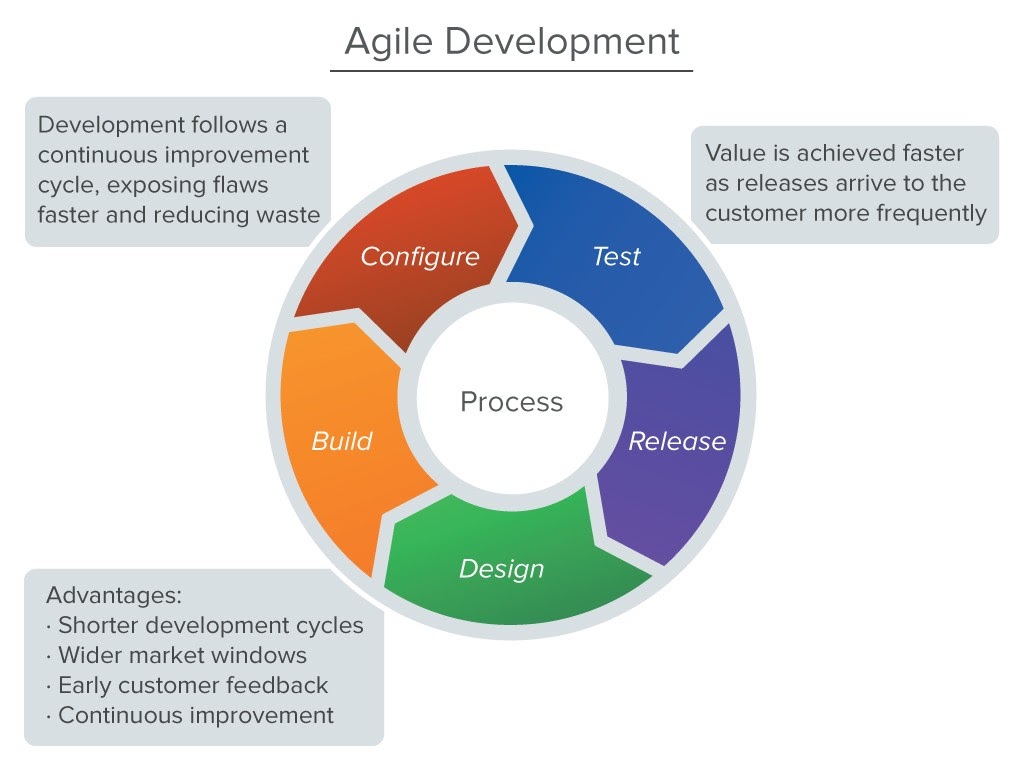
Source: Steemit
Roles in the agile methodology
The agile development methodology process begins by defining the user and documenting a vision statement. This statement comprises opportunities, problems, and values that are to be addressed. The product owner takes hold of this vision and works with a multidisciplinary team to achieve the desired goal.
Discussed here are few roles in that process-
User :
Agile -the modern software methodology process always starts with a customer or the user in mind. The user acquires the first priority. The users are defined as user persona to demonstrate different roles in a workflow. User personal defines the different types of customer needs and behaviors in a software friendly manner.
Product owner :
The agile development process starts with someone being the voice of the customer this may include any internal stakeholder as well. An individual filter through the ideas, insights, and feedback to develop an appropriate product vision. This product vision is usually straightforward and very crisp. The person or the team designs a customer image, the customer values and how to address these values.
For instance, Google’s original vision was to provide easy internet access to find relevant websites with a simple, keyword-driven interface. It also included an algorithm that ranks reputable sources higher in the search results. This person is referred to as the product owner. Their primary responsibility is to define this vision and transform this vision into reality with the help of the development team.
While working with the development team, the product owner has to segregate the product vision into a chain of user stories. These stories comprise in-depth inputs about who the target user is, the problem being resolved for them, and the significance of the solution. The story also consists of the norms and criteria that define the acceptance of the solution. The product owner prioritizes user stories. These stories are reviewed by the team so that they have precise knowledge about what is expected from them.
Other agile frameworks :
The software development life cycle was associated with many agile development cycles and other agile frameworks that provide specifics on development processes. The most well-known agile framework is known as scrum. This framework focuses on delivery cadence called a sprint and accomplish structures that consist of the following-
- Daily standup meetings- easy communication among teammates regarding updates, strategies and development status.
- Commitment- the team can review backlog or list of user stories and decides to manage workload in the sprint’s duration.
- Planning-where sprint priorities are streamlined.
The sprints end with a demo meeting with the product owner. In this meeting, the functionality of the product is shown. This meeting is followed by a retrospective meeting, where the team discusses the necessary alterations in the process and the pros of the process.
The scrum process is easily managed by a lot of businesses under the assistance of scrum coaches or masters. Scrum has many fans in the industry but there are other agile frameworks as well that are quite lucrative for enterprises. Kanban is yet another agile framework that is quite beneficial for businesses.
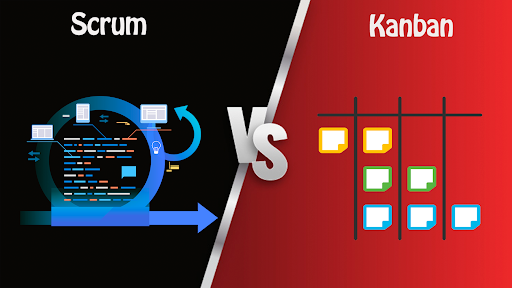
You can learn more about Kanban here-
Kanban acts as a fan-in and fan-out process where the team can pick user stories from the intake board and pipe them through a staged development process until they are completed. Some enterprises implement a hybrid agile and waterfall approach. This can be done by using agile processes for new applications and waterfall for legacy ones.
A few frameworks allow firms to manage the practice to multiple teams. Agile frameworks help to define process and collaboration. On the contrary, agile development practices help to address software development tasks performed in association with the agile framework.
For instance, some teams follow the pair programming where two developers code simultaneously to drive good quality code. This also gives an opportunity for senior developers to guide junior developers. Advances teams can follow test-driven development and automation as this ensures optimal functionality and expected results.
Many teams also implement technical standards to ensure that the developer’s interpretation of a user story does not merely satisfy the functionality aspect. It also accomplishes code quality, security, naming conventions, and various other technical standards.